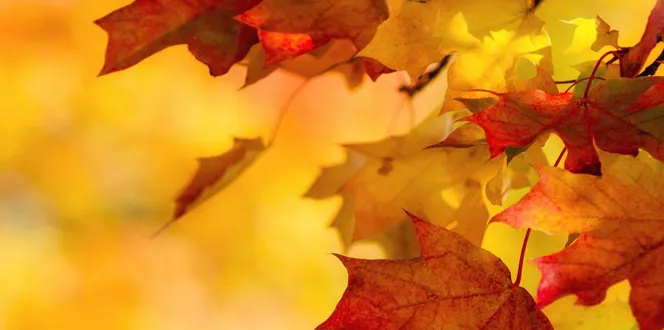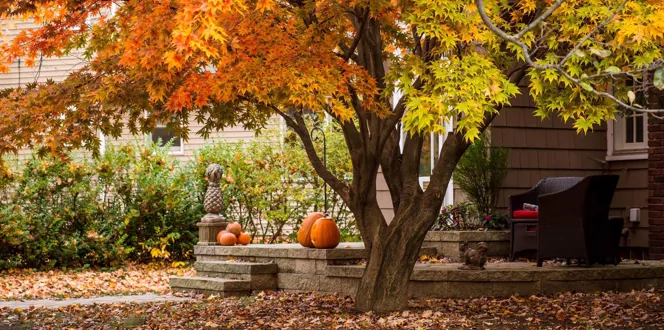This summer has been hot. That scorching heat coupled with a lack of rain has led to increased drought across the country.
With drought comes water restrictions. Now, we need to save and conserve water. Think shorter showers and recycling water whenever possible.
On the flip side, we know trees need water to survive. But, how much water do trees really need during drought? How can we hydrate our trees when there are strict water restrictions?
Discover our proven tricks for watering trees in drought conditions below.
Why you should use your limited water to hydrate trees
With a finite amount of costly water, you can’t water every flower and shrub in your yard.
So what plants should be your priorities?
Consider sacrificing annuals in favor of trees if available water is limited.
Water trees first since they take decades to replace. Plus, if you don’t water your trees, you can lose their immense benefits. In addition to their shady canopy, one, large hardwood tree creates a net cooling effect equivalent to 20 room-size air conditioners operating 20 hours a day (USDA). See how much your tree provides in benefits.
Next, hydrate your lawn occasionally – even if it’s brown – to avoid permanently damaging its crown. Then when conditions improve, the grass can regenerate leaves and roots from the crown.
How often should I water trees in a drought?
Before you begin watering trees, check local water restrictions. Be sure to comply and plan accordingly. Plus, some areas offer free recycled water for landscape use. Other regions don’t limit water for trees. Know what you’re working with before you start.
Then, zero in on young trees. Because they’re still trying to establish, young trees need water, or they won’t survive. In drought, deeply water young trees with 5-15 gallons of water weekly from April through October. From November to March, reduce watering to every other week.
Generally, in drought, mature trees can survive with a monthly watering from April through October. The trick is to water deeply, ideally using a soaker hose, to help the water reach a depth of 8-12 inches.
If you can spare the water, water large trees twice a month. If your tree loses its leaves, it’s deciduous and may need watered monthly or not at all from November to March.
How do you know if your tree needs more or less water in drought?
Depending on the species and health, each tree has a different ability to withstand drought.
Look for browning along leaf margins or the tips of needles. Since these parts of the plant are furthest from the roots, they’re the first to show signs of drought stress.
Also, check if your trees’ roots need more or less water using the methods mentioned here.





